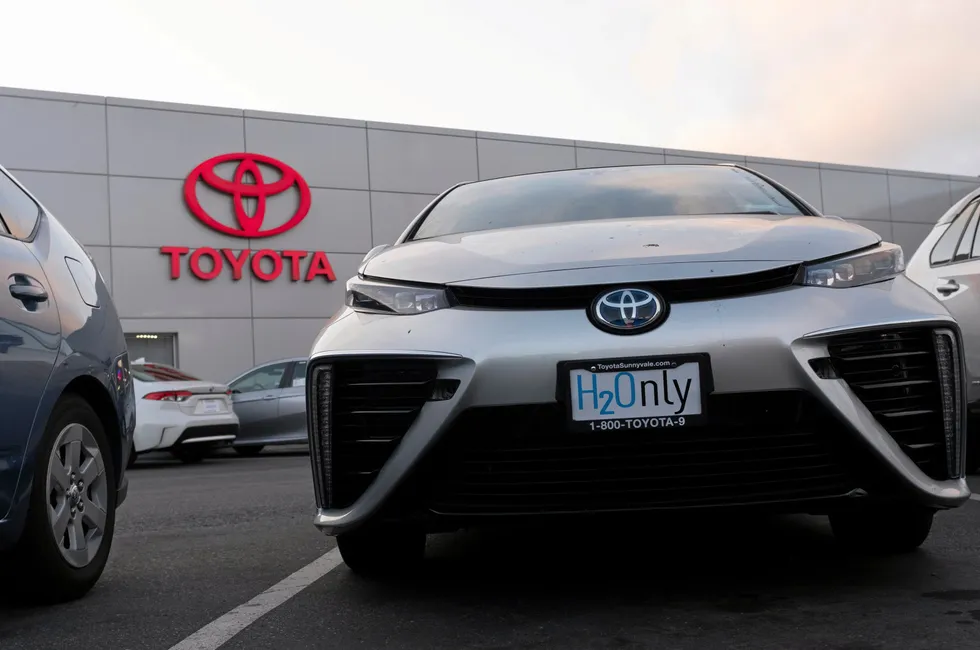Hydrogen fuel-cell car sales slumped in California in 2022 as battery EVs boomed
Less than 3,000 FCEVs sold in sector’s only US market — compared to a projected 280,000 BEVs

Less than 3,000 FCEVs sold in sector’s only US market — compared to a projected 280,000 BEVs
